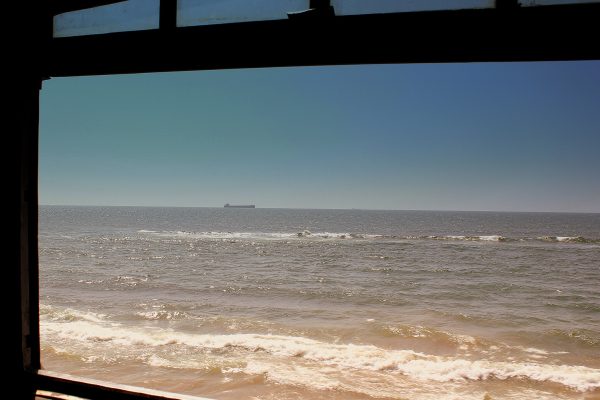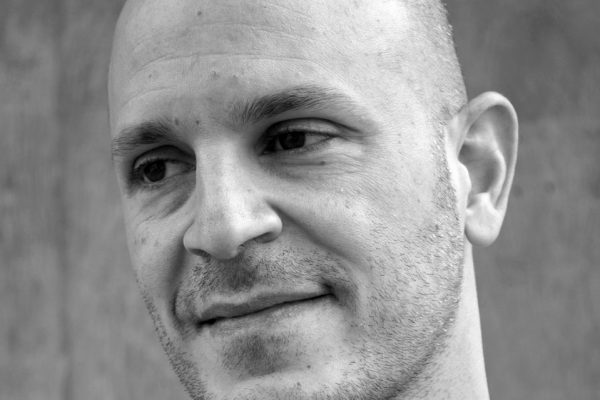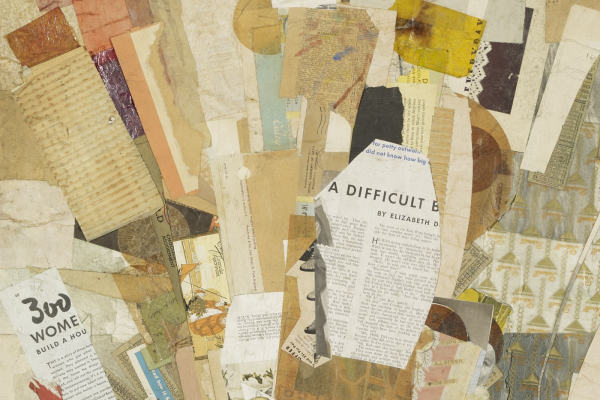The Freedom of Meter
My seventh-grade English teacher informed me that “real poets write in free verse.” Meter was mechanical and limiting; free verse was expressive and real—freer!—so, wanting to be a real poet, I had only one choice. Typing dozens of drafts on a manual typewriter, I learned to weigh and enjoy the painstaking heft of syllables against emptiness, to dance with the white page. But after twenty years, in what I now recognize as the numbness of overfamiliarity, the device of that white page trapped me. I would stare into it, dumbstruck, frozen.
It was only through the incantational tunnel of meter, salvaged from the abandoned places and pleasures of childhood and my body’s rhythms, that I found a way to move again. Now the universe of physical sensation supported me as I composed poetry—I won’t say wrote, because once I discovered meter I was off the page as often as not. I could move, walk, talk, breathe, sing, remember. Meter freed me into my ear, my body.
The stale form/freedom duel strikes me as the most inaccurate and debilitating of the critical binaries that plague poetry. For decades now, I have been teaching meter to people from fifth grade through graduate school, and I have seen how emotionally liberating it is for a poet to reclaim the rhythmic power that long formed the distinctive basis of our art across nations and generations. Those I teach are initiated into meter not necessarily so they will write in it, but so they can be free of, in, with, and through it, and often they are profoundly inspired and awakened as poets by the mysteries it shares with them.
Decades of experience with poetic rhythms have taught me that what makes meter free is the same thing that makes free verse free: the element of surprise, roughness, or friction that keeps the imagination alert and the ego off guard. To keep things real in this way, I change meters, and forms, often: dactyls, hendecasyllabics, amphibrachs.
Meters—not meter. The binary of diversity/uniformity is, I think, the mistake at the root of the insidious and false binaries that grow out of the freedom/form dichotomy: new/old, individual/conformist, natural/artificial, liberal/conservative, feminist/patriarchal, healthy/decayed, liberatory/oppressive, real life/academic, feeling/thinking, democratic/elitist. Modernist fear of the hegemony of iambic pentameter still fuels those form/freedom binaries. But iambic pentameter no longer has a monopoly. Contemporary meter is not monolithic, not uniform, but multifaceted, variegated, and still barely explored.








